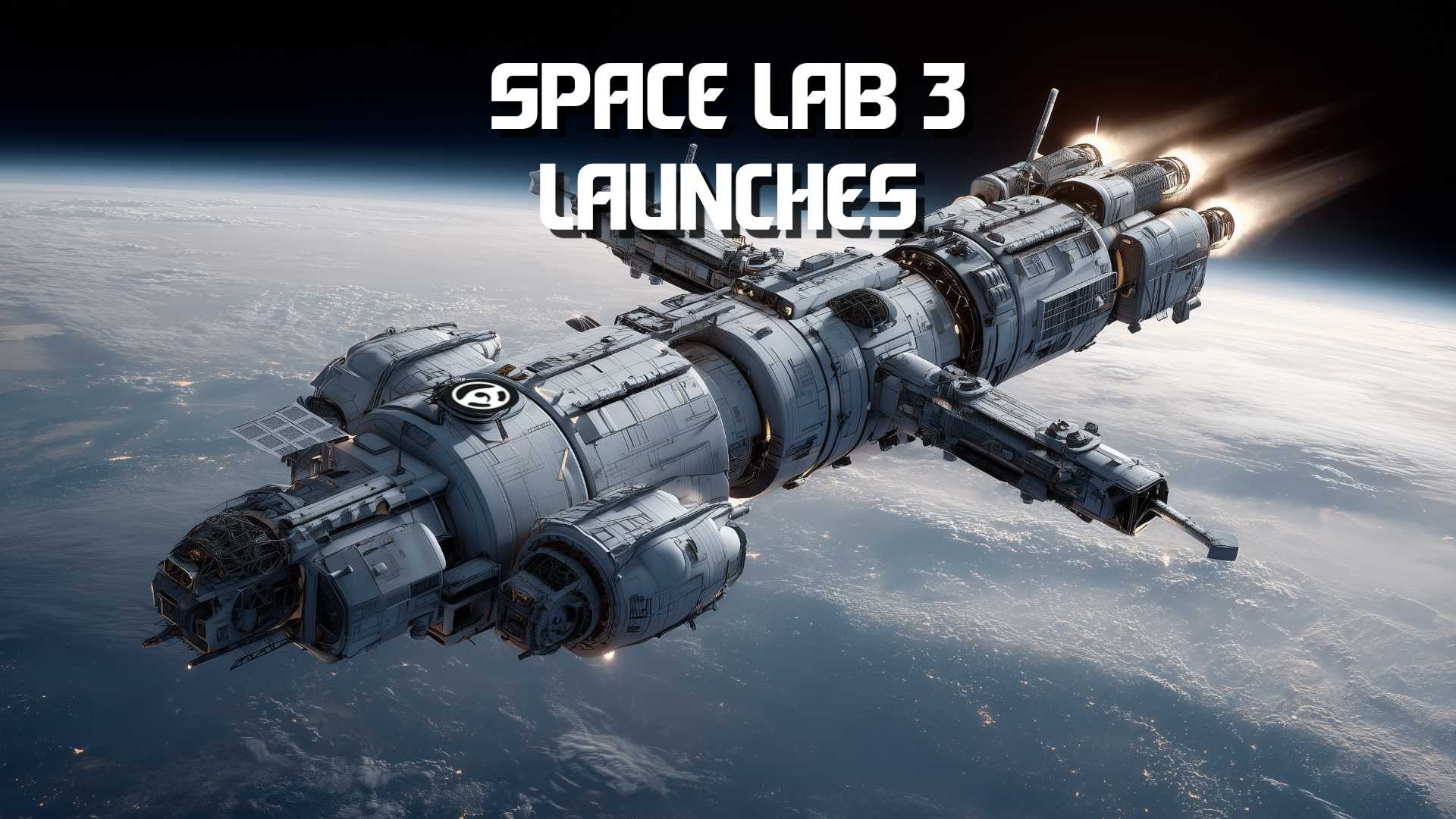The newest experimental driving model from the Sunnypilot ecosystem, Space Lab 3, dropped on August 2 — and in true Comma fashion, it sparked a flurry of test drives, hot takes, and late-night Discord feedback.
First Impressions: Rolling Stops and Real-Time Reactions
Community testers wasted no time putting SL3 through its paces. Michael (not Rivian or RAV4) summed up the excitement with: “Hopefully they fixed the aggro,” while others jumped in mid-dinner to compare notes on curves, lane changes, and stop sign behavior.
So far? SL3 aims for smoother, more refined control — and depending on your use case, it just might deliver.
Lateral: Smooth… Sometimes Too Smooth
Lateral control in SL3 feels noticeably more polished than earlier Space Lab models. Several users described it as “smooth with angle” and more stable at highway speeds. Teal gave it a “solid 9/10,” and many agreed it’s a step forward from SL2v2’s twitchier behavior.
But it’s not without issues. Some testers noticed a consistent left bias, lazy recentering after turns, and wide turning paths that skip the inner lane. Marci described the lateral as feeling “a little notchy,” while others said lane changes varied from “too fast” to “strangely slow.”
Longitudinal: Calmer Than Before, But Still WIP
Longitudinal performance — how the model handles acceleration and braking — got mixed reviews. On the highway, users found it more stable and less abrupt. Teal praised it as “great,” and Kumar noted it was “not as aggressive.”
Still, city driving proved more complicated. Reports included phantom braking, hesitation at green lights, and the now-classic rolling stop at intersections. “It did a California roll at both stop signs,” one user observed during experimental mode testing.
NNLC: To Use or Not to Use?
Performance seems to vary significantly depending on whether NNLC (Neural Network Lateral Controller) is enabled. Many users reported that disabling NNLC resulted in much smoother and more confident lateral handling.
However, NNLC has been buggy in recent days, with some reporting degraded behavior and live steering delay issues. The consensus? Try it both ways — and disable NNLC if SL3 feels uncertain or twitchy in turns.
Feedback Gets an Upgrade
SL3 also seems to be part of a broader shift in how Comma gathers and processes user input. New features under discussion include:
- Voice-based bookmarks
- In-app feedback buttons
- Steering wheel-based feedback triggers
While still in early stages, these features hint at a more interactive loop between driver experience and model training. As Michael joked, “Next thing I know I’m gonna get prompted every time I disengage.”
What About SL2?
While SL3 is the shiny new thing, it’s worth noting that Space Lab 2 (not v2) is currently positioned to become the default model in the upcoming Openpilot 0.10 release. That may change — but for now, SL2 appears to be the baseline going forward. We’ll keep you posted if that shifts.
Bottom Line
Space Lab 3 is a mixed bag — but a promising one.
It takes meaningful steps toward smoother, more natural control. Highway driving feels confident. Curves are handled with grace — most of the time. But city driving still exposes weaknesses in both longitudinal logic and intersection behavior.
Still, for experimental testers and curious early adopters, SL3 is absolutely worth a try.
If you’re running a Sunnypilot fork with model refresh support, you already have access. Just download, calibrate, and let it ride. And if you hate it? That’s what bookmarks and feedback are for.


